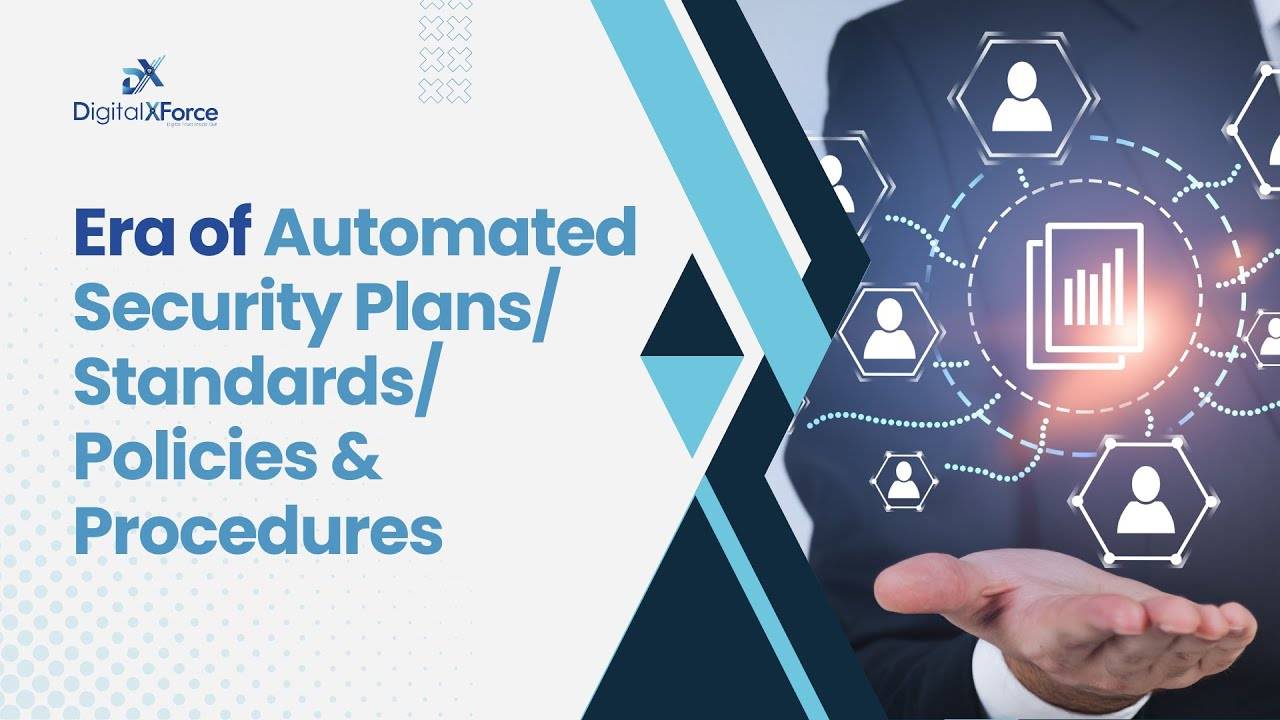
Industrial Control Systems (ICS) have transformed from isolated mechanical infrastructures into dynamic, interconnected networks that promise extraordinary operational efficiency while simultaneously introducing complex cybersecurity challenges. The contemporary industrial landscape represents a profound technological revolution where operational technology and information technology converge to create unprecedented digital ecosystems.
Modern industrial environments now represent intricate technological landscapes where every connected device potentially serves as both an innovation enabler and a potential security vulnerability. The Internet of Things has fundamentally reshaped how industrial systems communicate, operate, and interact, creating networks of extraordinary complexity and remarkable potential.
Understanding the Industrial Threat Landscape
“145,000 Industrial Control Systems have been found exposed online and critical infrastructure at risk. Of particular concern are thousands of unsecured human-machine interfaces (HMIs) that control essential services including electricity, water supply, and transportation systems.” – Censys Report
Industrial control systems now face an increasingly sophisticated threat environment characterized by diverse and evolving cybersecurity risks. The expanding technological ecosystem creates multiple potential entry points for malicious actors, with each connected device representing a potential vulnerability in an otherwise robust technological infrastructure.
These systems now contend with extraordinary technological diversity, including devices from different generations, varying communication protocols, and inconsistent security implementation standards. Resource-constrained IoT devices frequently lack robust computational capabilities, which limits their inherent security mechanisms and creates additional vulnerability windows.
Legacy industrial systems further compound these challenges, often featuring outdated technological architectures that cannot be easily upgraded or secured through modern cybersecurity techniques. The integration of these legacy systems with contemporary IoT networks creates complex security landscapes that require nuanced, strategic approaches.
Primary Security Risks: Comprehensive Threat Analysis
Cyber adversaries can potentially exploit industrial control systems through multiple sophisticated mechanisms. Software vulnerability exploitation remains a primary concern, with unpatched system weaknesses providing sophisticated attackers multiple potential intrusion pathways.
Credential compromise through advanced social engineering techniques represents another critical threat vector that can provide unauthorized access to sensitive industrial networks.
The potential operational disruptions from successful cyber intrusions extend far beyond simple data compromise. Sophisticated attacks could potentially paralyze entire production infrastructures, cause significant economic damage, and compromise critical industrial operations.
Advanced persistent threat methodologies allow malicious actors to conduct long-term, strategic network infiltrations designed to gather intelligence or create systemic vulnerabilities.
Critical Security Considerations for Protecting Industrial Control Systems
Protecting industrial control systems requires a comprehensive approach that integrates advanced technological solutions with strategic organizational practices. End-to-end encryption, sophisticated authentication mechanisms, and dynamic communication protocols become essential in creating robust security environments.
Network segmentation strategies have emerged as a critical defense mechanism, allowing organizations to create granular security zones that limit potential lateral movement during security incidents. Zero-trust architectural approaches eliminate implicit network trust, requiring continuous authentication and implementing strict least-privilege access principles.
Human-Centric Security Approach
Technology alone cannot secure industrial control systems. Human operators represent both the most critical defense and the most vulnerable entry point for cyber threats. Thousands of unsecured human-machine interfaces (HMIs) controlling essential services like electricity, water supply, and transportation systems stand as potential gateways for catastrophic infrastructure vulnerabilities.
Organizations must cultivate comprehensive cybersecurity cultures that empower employees through continuous training, awareness development, and proactive threat reporting mechanisms. Creating security-first mindsets transforms human capital into critical defense assets.
Mitigation Strategies: Proactive Defense Methodology
Successful cybersecurity in industrial control systems demands continuous, systematic vulnerability assessment and management. Organizations must develop comprehensive monitoring frameworks that enable real-time threat detection, anomaly identification, and predictive risk modeling.
Incident response capabilities have become equally critical, requiring detailed playbooks, cross-functional team coordination, and clear escalation mechanisms. Regular cybersecurity training, simulation exercises, and scenario-based learning enable organizations to develop adaptive, responsive security cultures.
Technical Considerations and Regulatory Compliance
Emerging technological innovations provide increasingly sophisticated defense mechanisms. Machine learning algorithms now enable predictive threat intelligence, allowing systems to identify and neutralize potential security risks before they can manifest. Advanced encryption protocols, including quantum-resistant cryptographic techniques, offer unprecedented protection for sensitive industrial communication channels.
On the other hand, comprehensive cybersecurity strategies must align with international security standards, including the NIST Cybersecurity Framework, IEC 62443 industrial control system specifications, and ISO/IEC 27001 information security management guidelines. These frameworks provide structured approaches to identifying, protecting, detecting, responding to, and recovering from potential security incidents.
Conclusion
The future of industrial control systems demands a fundamental reimagination of cybersecurity paradigms. Organizations must transition from reactive defense strategies to proactive, intelligence-driven security frameworks that anticipate and neutralize emerging threats.
Successful cybersecurity implementation requires continuous technological adaptation, strategic investment in security infrastructure, holistic ecosystem development, regulatory compliance maintenance, and ongoing human capital empowerment.
By adopting comprehensive, multi-dimensional security approaches, industrial organizations can transform potential vulnerabilities into strategic technological advantages. Cybersecurity is no longer a technological consideration—it is a fundamental business imperative.



